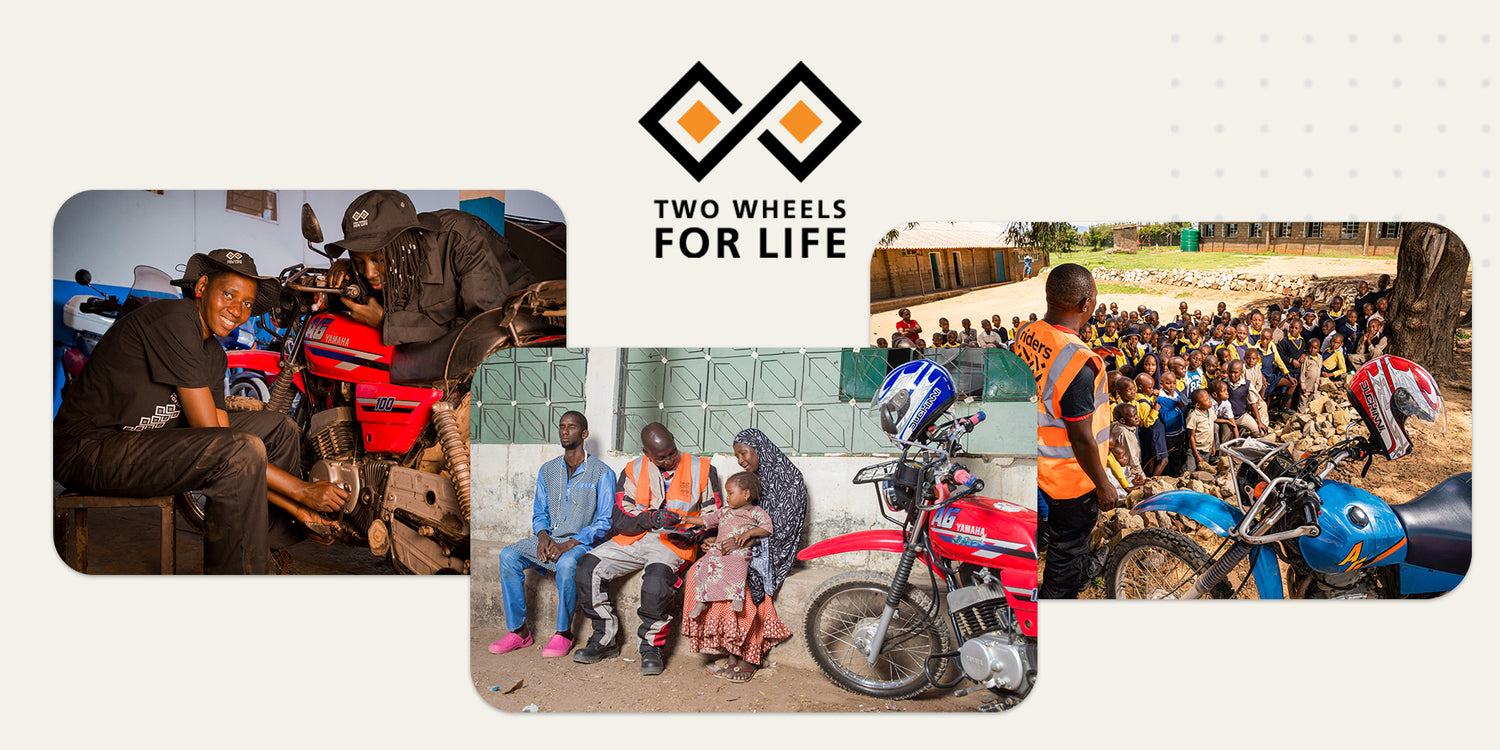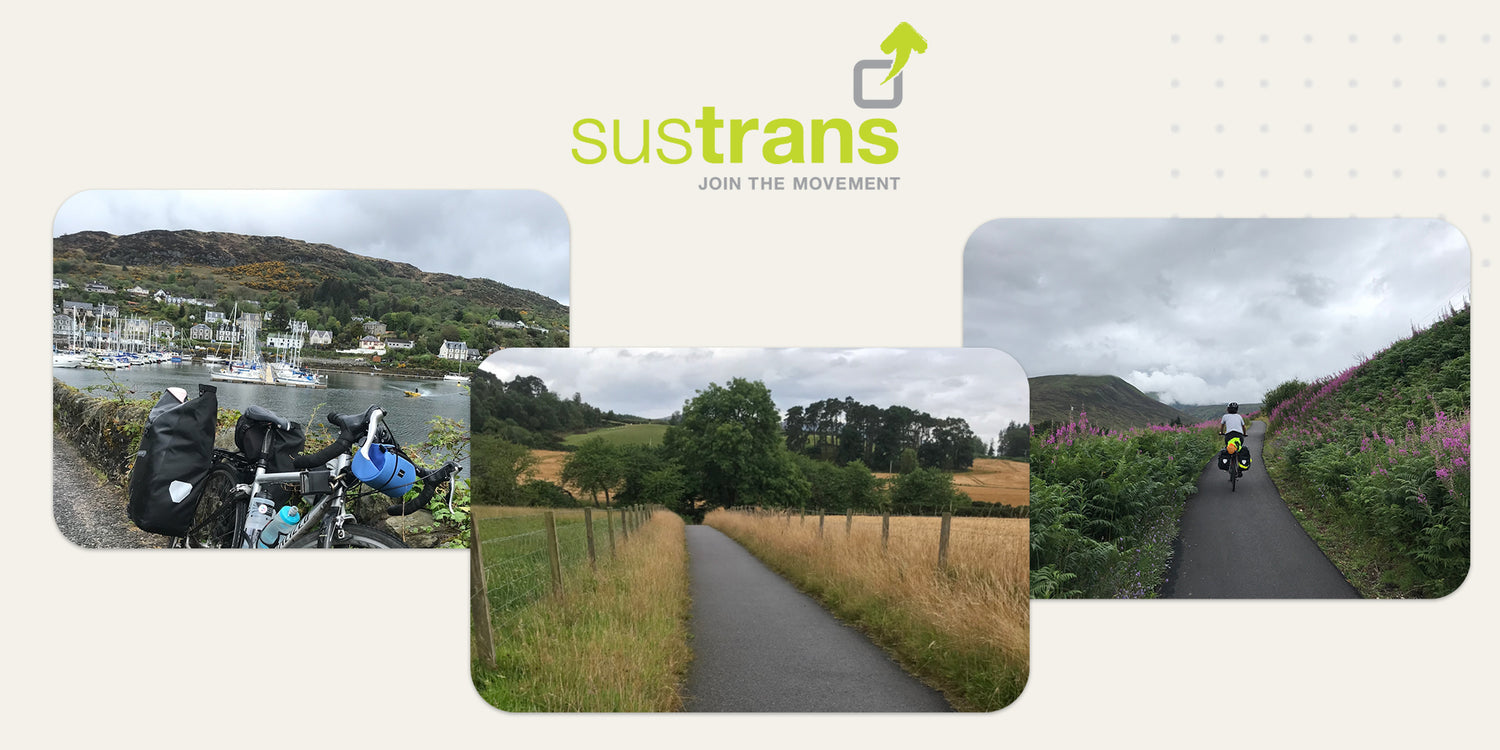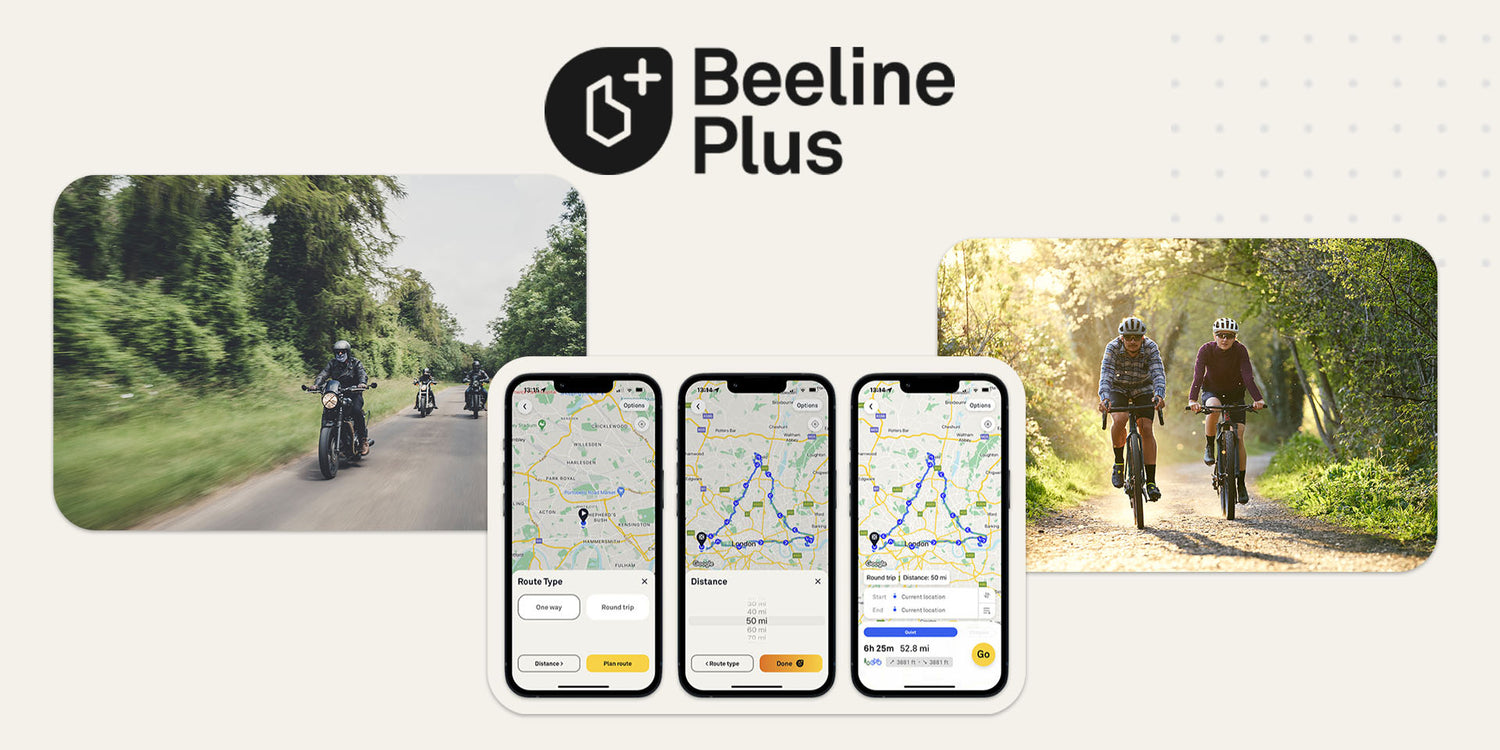Every bike has a chain and gears. They come in a variety of shapes and sizes and can be set up in many different ways - ranging from single speed all the way up to 33 speeds, or more! In this article we will discuss the theory and the practical implementation of finding the best gearing for you - no matter what conditions, bike or fitness level you have.
Force, Cadence and Power

The most important factor in cycling is power output. Power output on the bike is defined as - the force (torque) that your legs produce in combination with the cadence (rotations) your cranks spin at. Cycling is an endurance sport so efficiency is the name of the game. You want to combine minimum force with an optimal cadence so you effectively have an efficient power output with minimum fatigue.
How do we get there?
First, we have to look at what the most efficient cadence actually is. An optimal cadence means: the best possible way you can sustain a set power output for a set amount of time. Extensive research has shown that a cadence of around 90 provides a good balance between keeping fatigue metabolites low and a sustainable power output in both, lower and higher power output levels. We must also consider that everyone has a different body composition and biomechanics, so the optimal cadence will be slightly different for everyone.
Secondly, when our power output increases, our cadence naturally has to go up in order to efficiently sustain a higher power output. Think of it like a racing car: the higher the power output of the engine, the higher the rpm will be. A good example is the hour record of professional cyclist, Bradley Wiggins: He averaged a cadence of 105 at 440 Watts for one hour. When putting out more power, you increase stress levels in your body, which results in an increase in waste products in the muscles. A higher cadence helps remove these waste products faster and more efficiently.
When your cadence drops below your optimal level for a set power output, you have to use more raw muscle power if you want to maintain the same power output. This increased force puts more strain on the muscle fibres, reducing your ability to sustain a power output and causing your fatigue level to rise. This is where the famous “spinning is winning” expression comes from. If Bradley Wiggins had done the same effort with a cadence of 85 at the same speed, he would have to compensate with more force from his legs. This would not have been sustainable: he would have pushed beyond his functional threshold power and suffered more muscle fatigue than he could handle for one hour. Roughly said, this shows that an average cadence of at least 90 is optimal for preventing fatigue and increasing performance in any form of cycling.
Fitness level

If you are a professional cyclist, you are able to ride harder for longer. This means you can push a higher power output and can therefore cope with heavier gearing at the optimal cadence. For us mortals, this is not the case. These days, even some professional cyclist are using easier gearing to achieve the preferred cadence to their set power output goal on a climb. A compact crankset with a 32 cassette, for example, is not something new in the peloton.
When you don’t have the highest fitness level or best form on the bike, you should select the gearing that best supports your power output. A normal pace is pushing between 2-3 watt/kg and accommodating this wattage on any terrain should be your strategy in choosing your gearing setup! This is especially the case for those who are still training to get in shape and are yet to reach peak fitness. It is only natural that you will need easier gearing than somebody who is extremely fit and has been riding for a long time.
Gearing Setups

To keep yourself at that optimal cadence of 90 or higher, you need to tailor your gearing to suit your terrain, goals and fitness level. If you cannot keep your cadence around 90 or higher, then your setup is too heavy and you need easier gears.
We have a couple of options to choose from:
- Groupset: An 11-speed groupset has more range than an 10-speed groupset, so if more range is what you’re looking for, go for an 11-speed groupset. Also - for future upgradability, the 11-speed is the way to go
- Standard Double: This is the classic 53/39 for racing and training on flat terrain, but it’s also good for descending at higher speeds.
- Semi Compact: 52/36 combines a big outer ring with a smaller inner ring making it more efficient for rolling hills and shorter steep sections. Thanks to the ratio between the 36 and your rear cassette, you will have a much easier time riding up hills.
- Compact: known as the climbing setup, the 50/34 will provide you with enough top speed in the big ring and the perfect gear ratio for all-day climbing. This is your go-to setup for riding in the Alps and other big climbs.
- Triple: The combination of 50/39/30 makes this the most versatile setup. Flats, rolling hills or climbing all day: no problem. The weight penalty and slightly harder shifting is something you have to take for granted.
- Rear Cassette: You can fine tune your setup with the rear cassette. An 11-23 for time trials to an 11-50 for extreme 20% hills: you can tailor your rear cassette to support your riding in detail.
Riding Setups
It should be mentioned that you have to tailor your gearing to the majority of the riding you will be doing. If you spend most of your time climbing, you have to set up for that specific effort. The same goes for all other types of terrain.
The gearing recommendations below are examples for solo riding. Racing is something the majority of riders don't do, so we won’t discuss it here. However, if you do race, the speeds will be higher, so you can choose slightly harder gearing based on the recommendations below.
- Flats: 53/39, 52/36 or 50/39 + 11/25 or 11/28
- Time Trials: 53/42 or 53/39 + 11/23
- Rolling Hills: 52/36, 50/34 + 11/28 or 11/32
- Climbing: 50/34 + 11/28 or 11/32.
- Extreme Climbing (20% gradient or more): 50/34 + 11/40
In a nutshell
To figure out the best gearing strategy you need to know your own physical capabilities for any given duration for the riding you want to do. This can be a long tour ride or a short time trial. For each event, your optimal cadence can be different: slightly lower or higher. Be sure you can stay at that cadence and have room to work with if you need a slightly lighter gear.
The second factor to consider when picking your gearing setup is the terrain you ride on the majority of the time. If you have a special event you can tailor your gearing towards this event and terrain with a lighter or heavier cassette. For instance: if you run a 52/36 with a 11-25 for flat riding but are going into the mountains for a big sportive just slam on a 11-32 or 11-36 cassette on the back!
It's all about being able to maintain the correct power output in combination with the right optimal cadence at that output for your event. That is the secret that will get you through any ride or event feeling fresh, powerful and stronger for longer!








